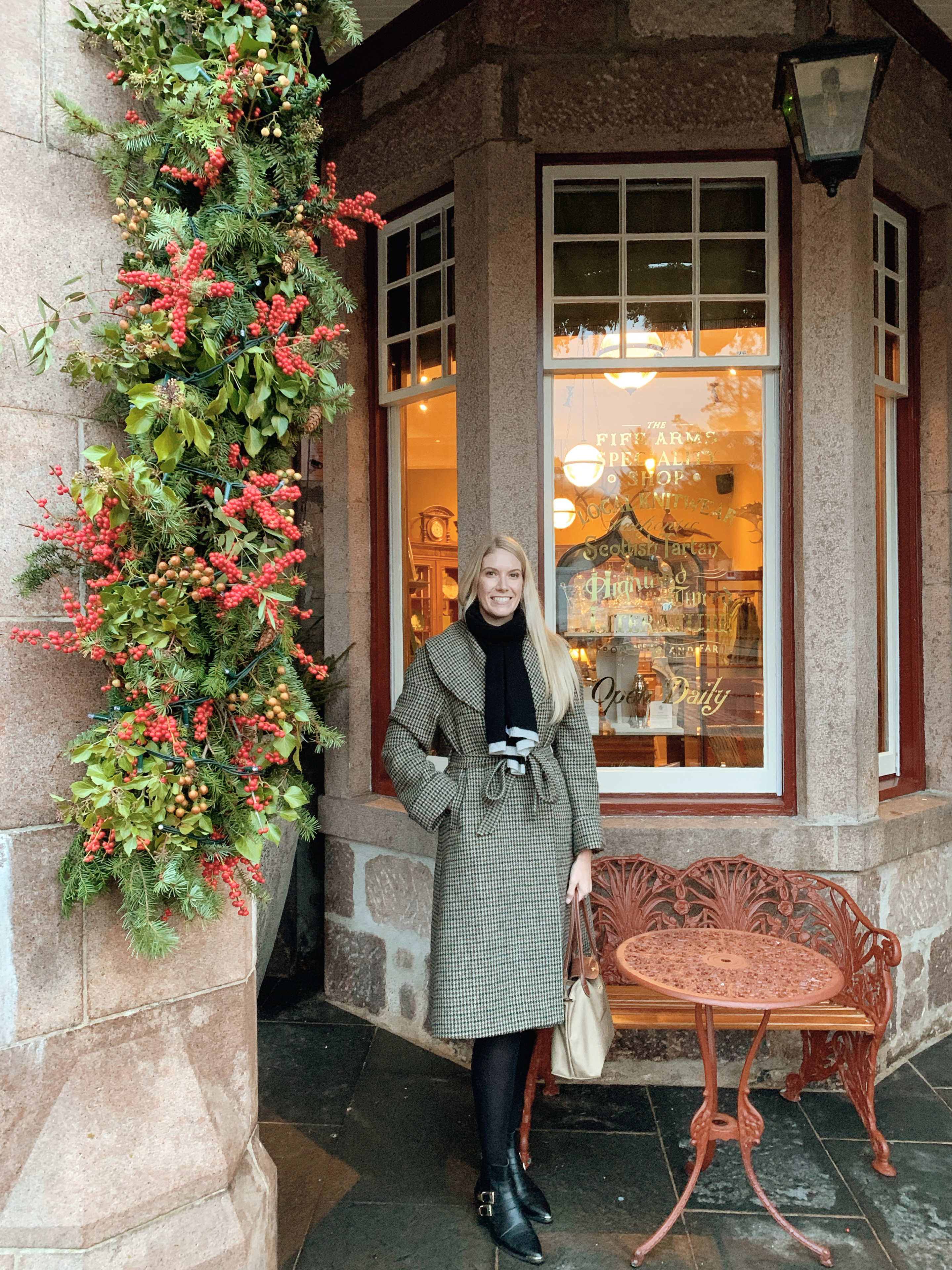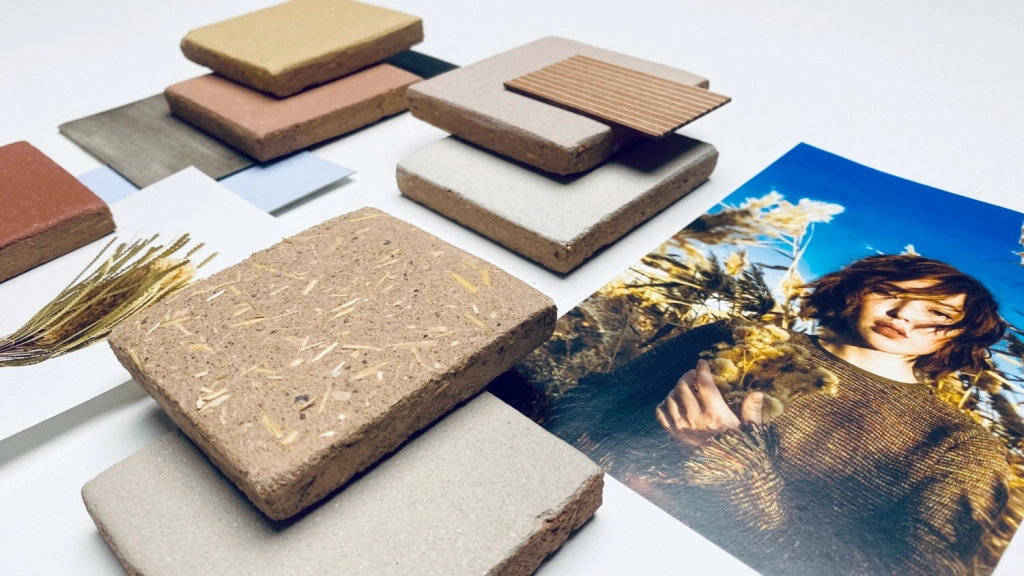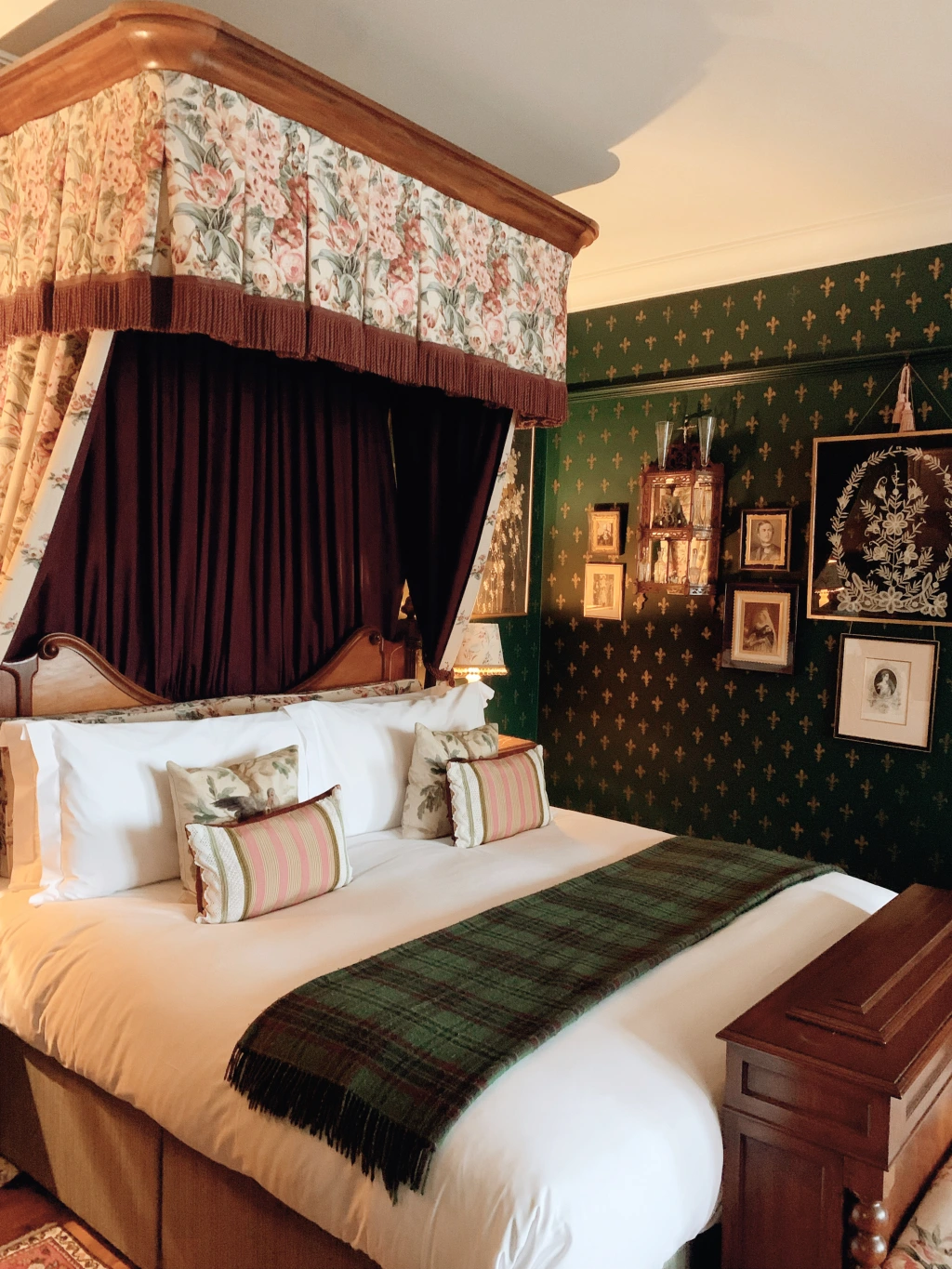
VENEER
There are many benefits to using Veneer within interior design instead of solid wood, including the fact that the design possibilities are endless. Remarkable and noteworthy interiors can be generated with Veneer as it can suit multiple styles (eclectic, modern, traditional, bohemian, country etc). Solid wood can be restrictive hinging on the stability and reaction to heat and moisture, whereas Veneer is a durable material that will not warp or split and is able to maintain wear and tear more successfully.
When using veneer flooring the layers of materials reduce the risk of floor movement as the veneer has a cross piled construction that thwarts any natural shifting making it a far more settled and trustworthy material for this use. Veneer is also far more cost effective and an environmentally friendly alternative to solid wood, as the thin slices can create multiple surfaces, whereas solid wood uses a lot of material for less panels, items of furniture etc. With veneer, no wood is wasted and it is much cheaper to produce by consuming less of the high quality woods (cherry, walnut, oak) and more of the lower quality trees (Plywood, MDF) that are inexpensive to produce and contributes to better forests.
However, there are disadvantages to using Veneer as it is a very thin material and can be a challenge to work with as there is a likelihood of peeling and blistering. In most cases if the application of proper and correct construction with the right materials and techniques has occurred then damage to the wood should not be a concern.

Veneer furniture is formed by gluing thin layers of wood with the grain in a criss cross design not only building expectational and aesthetically pleasing pieces but also far more durable items of furniture as there is less chance of the wood splitting or cracking. In many cases veneer is used instead of solid wood as the availabilities of colour, shape and durability is much greater. This is best seen in the Frank Lloyd Wright ‘Taliesin 1 Chair’ 1949, which has been reproduced by Italian furniture company Cassina. This intricate and origami shape and style is assembled with beech plywood and a cherry wood veneer. By using veneer this rare and distinctive design can be made with architectural angles and complex structure and there is a surprising and unique impact, with the stunning and natural effects of wood grain and characteristics completing a furniture piece.

MANMADE BOARD
Manmade boards are composed of wood (frequently the by-products of timber) united with resin to generate an artificial timber. Constructed in factories, these materials are often an economical alternative to real solid wood, as well as having greater stability and durability making them a satisfactory option for interior and furniture design.

PLYWOOD
Comprised of individual wood veneers glued together to form a composite material. A hardy and robust material that will not split or warp, and manages tools such as nails and screws well. Plywood is commonly divided into two categories, softwood ply (included in construction such as walls, flooring and roofing) and hardwood ply (usually features in kitchen units or furniture items). Plywood offers an expansive range of size and thickness. Conversely, plywood sheets often need to have their edges protected with veneer or a section of wood as they are rough and unattractive. Plywood is an eco friendly material substitute as helps conserve rainforests.

BLOCKBOARD
Assembled with softwood and plywood in a sandwich style form. The middle core of the sheet is softwood strips joined together and covered with plywood on either side. Mostly used within building construction and fitted kitchens or bedrooms, blockboard is a strong, vigorous and heavy material. It has the added gain of resistance to moisture and insects, as well as an aesthetically pleasing selection due to the wood surface face that comes with a wide range of sheet sizes. Unfortunately blockboard also needs to have the edges covered as they are coarse and can be easily chipped or damaged.

HARDBOARD
Formed with wood fibres attached through a process of high pressure, hardboard is a harsh and robust wood. Often used within interiors for hidden areas, such as the back panelling of cupboards, hardboard is not as strong as some manmade woods, yet is a low cost option. Uglycute, the Swedish architectural studio, have employed hardboard in Stockholm Bar Central as wall panelling intermixed with brass details to fashion an appealing and unusual wall.

FLEXI PLY
Composed of multiple and very thin layers of plies, flexi ply is a malleable material that can be shaped, moulded and transformed into various angular curved forms. Used within boat and aviation construction, flexi ply gained popularity during the 1930/40s with designers like Alvar Aalto creating new, noteworthy and iconic pieces of furniture, such as the Paimio Chair 1931. This bent plywood and laminated bitch detail validated the remarkable and chic way flexi ply could form a tough yet lightweight, appealing piece of furniture. Involving layers of thin wood stacked together, with the direction of the grain at alternative right angles with each layer, this method resulted in a very flexible yet strong material that could be bent into complex shapes. Another example is the Herman Miller Eames moulded plywood dining chair, described as ‘contoured comfort’ this piece shows the strength and sophistication of flexi ply.

MDF (medium density fibreboard)
One of the most popular choices for manmade boards in interior and furniture design, MDF is made from wood chips and dust being mixed with adhesives and then pressed, worked and shaped into sheets. A cheap but worthy material with a smooth finish that can be easily worked and shaped. MDF is sturdy and robust as well as resistant to warping. The disadvantage are the edges which are rough due to the layered structure, as well as harmful affects created by the dust during the manufacturing process, however there is a wide range of sizes helping make it a derisible option. Architect Pietro Airoldi utilises MDF with a lacquered finish in the Sicilian apartment with custom shelving, storage units and wall panelling.

CHIPBOARD
Constructed form multiple small chips of wood compressed and bonded together with resin to create wood sheets. Although chipboard is not as strong or robust as plywood and blockboard, it is a more cost effective selection and eco friendly as it is expends all the wasted wood. Chipboard is most commonly featured within interior walls, flooring and kitchen worktops / units. Chipboard can be covered in a laminate or wood veneer as the surface has a rough texture so may not practically work in living environments without the covering. Chipboard also suffers from swelling if exposed to moisture and humidity.

OSB (oriented strand board) is similar to chipboard, however the wood particles are slightly larger. Carl Turner Architects converted a barn extension (below) into an OSB fortress with the walling, flooring and ceiling all covered in the material. Described as a reflection of the straw bales within nearby farms, this interior showcases the warmth, appeal and eclectic factor to chipboard.












Leave a comment